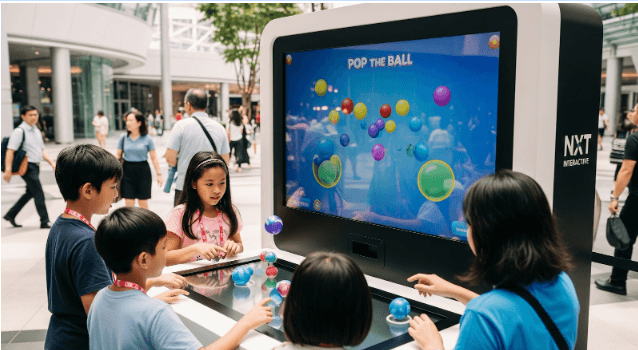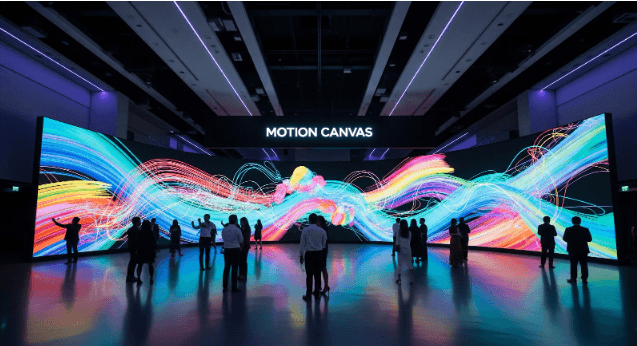Mar 5, 2024
Introduction:
In recent years, artificial intelligence (AI) has made remarkable strides in various fields, revolutionizing the way we interact with technology. One such advancement is AI gesture recognition, a technology that enables machines to interpret human gestures, opening up a plethora of possibilities across industries. From enhancing user experiences to improving accessibility, the applications of AI gesture recognition are vast and promising. In this article, we delve into the intricacies of AI gesture recognition, exploring its applications, features, and development.
Understanding AI Gesture Recognition
AI gesture recognition is a technology that allows machines to understand and interpret human gestures through computer vision algorithms and machine learning techniques. By analyzing patterns in motion, posture, and gestures, AI systems can accurately identify and interpret various gestures made by users.
Applications of AI Gesture Recognition
1. Human-Computer Interaction (HCI): One of the most prominent applications of AI gesture recognition is in HCI. It enables users to interact with devices using natural gestures, eliminating the need for physical input devices such as keyboards or touchscreens. This technology finds applications in gaming consoles, smart TVs, and virtual reality (VR) systems, providing users with intuitive and immersive experiences.
2. Healthcare: AI gesture recognition has significant implications in the healthcare sector, particularly in rehabilitation and assistive technologies. It can be used to track and analyze patient movements, aiding in physical therapy and rehabilitation programs. Additionally, gesture-controlled medical devices and interfaces can improve accessibility for individuals with disabilities.
3. Automotive Industry: In the automotive industry, AI gesture recognition technology is employed to enhance driver safety and convenience. Gesture-controlled infotainment systems allow drivers to operate various functions such as music playback, navigation, and climate control without taking their hands off the steering wheel, minimizing distractions and improving overall driving experience.
4. Retail and Marketing: Retailers are leveraging AI gesture recognition to analyze customer behavior and preferences. By tracking gestures and movements within stores, retailers can gather valuable insights into shopper engagement, product interactions, and purchase decisions. This data can be used to optimize store layouts, product placements, and marketing strategies.
Features of AI Gesture Recognition Systems
1. Real-time Gesture Detection: AI gesture recognition systems are capable of detecting and interpreting gestures in real-time, enabling instantaneous response to user actions.
2. Multi-modal Input: These systems can process gestures captured through various sensors, including cameras, depth sensors, and wearable devices, allowing for diverse input modalities.
3. Robustness and Accuracy: Advanced machine learning algorithms ensure robust and accurate gesture recognition across different environmental conditions, lighting conditions, and user variations.
4. Customization and Adaptability: AI gesture recognition systems can be customized and adapted to specific use cases and user preferences, offering flexibility and versatility in application development.
Development of AI Gesture Recognition Systems
Developing AI gesture recognition systems involves several key steps, including:
1. Data Collection and Annotation: The first step is to collect a diverse dataset of gesture samples and annotate them with corresponding labels. This annotated data serves as the training dataset for machine learning models.
2. Model Training: Machine learning models, such as convolutional neural networks (CNNs) or recurrent neural networks (RNNs), are trained on the annotated dataset to learn to recognize and classify gestures accurately.
3. Testing and Evaluation: The trained model is tested on a separate dataset to evaluate its performance in terms of accuracy, robustness, and real-time processing capabilities.
4. Deployment and Optimization: Once the model meets the desired performance criteria, it is deployed in real-world applications, where it undergoes continuous optimization and refinement based on user feedback and system performance metrics.
Conclusion
AI gesture recognition represents a significant advancement in human-computer interaction, offering seamless and intuitive ways for users to interact with technology. With applications spanning across industries such as gaming, healthcare, automotive, and retail, the potential impact of this technology is profound. As research and development in AI continue to progress, we can expect further innovations in gesture recognition systems, leading to more immersive, accessible, and user-friendly experiences in the digital world.
As we embrace the era of AI-driven technologies, gesture recognition stands out as a testament to the power of artificial intelligence in transforming how we engage with the world around us.







